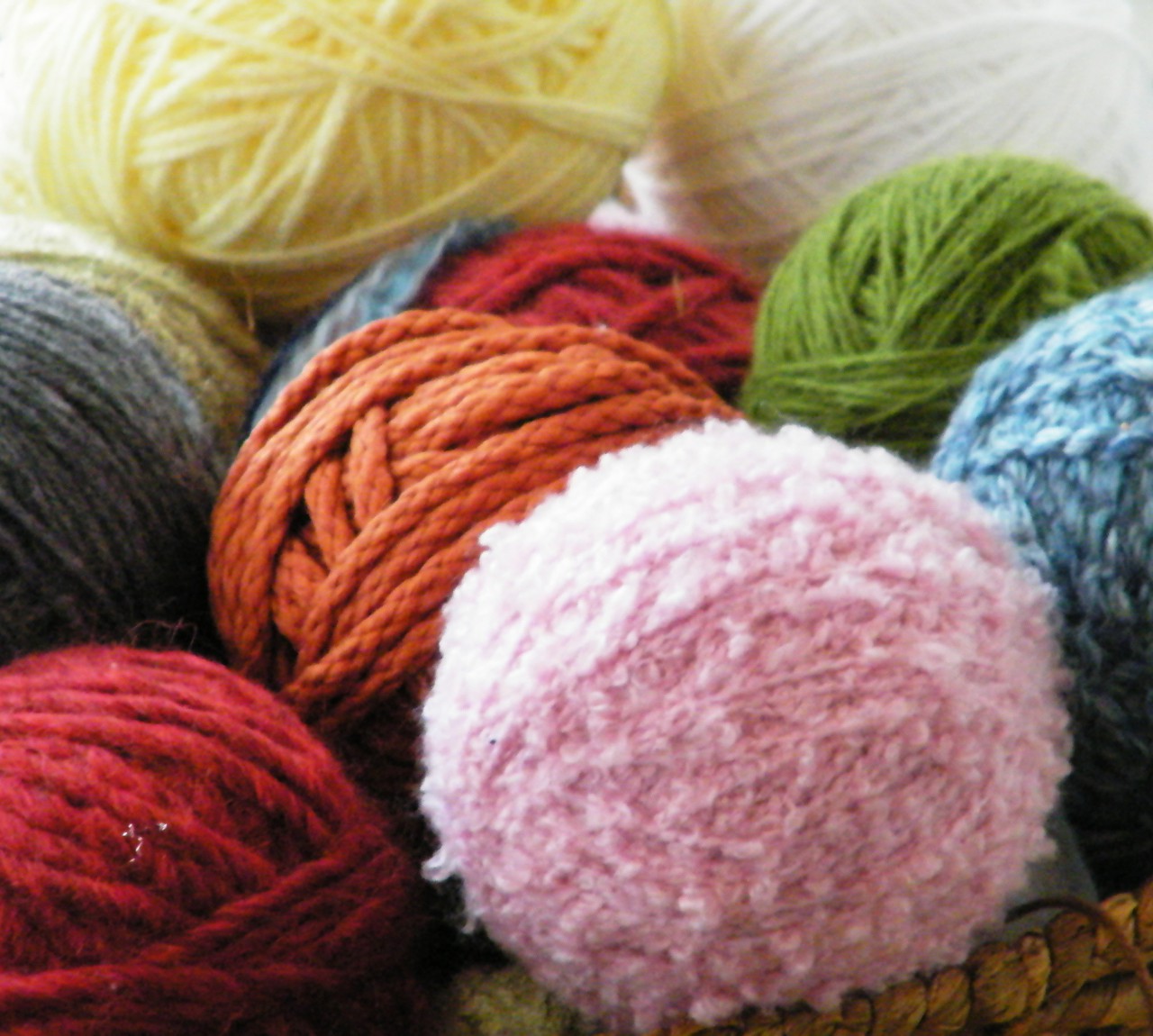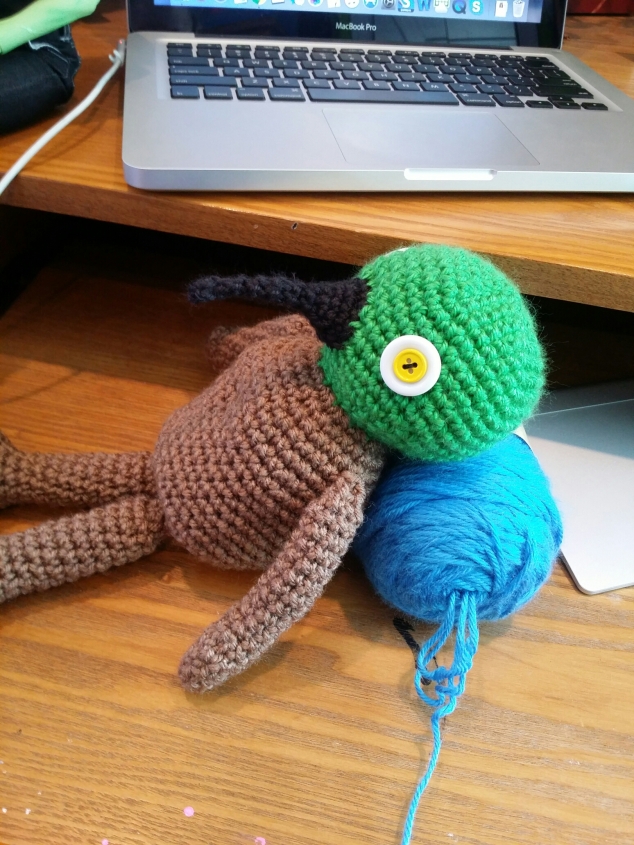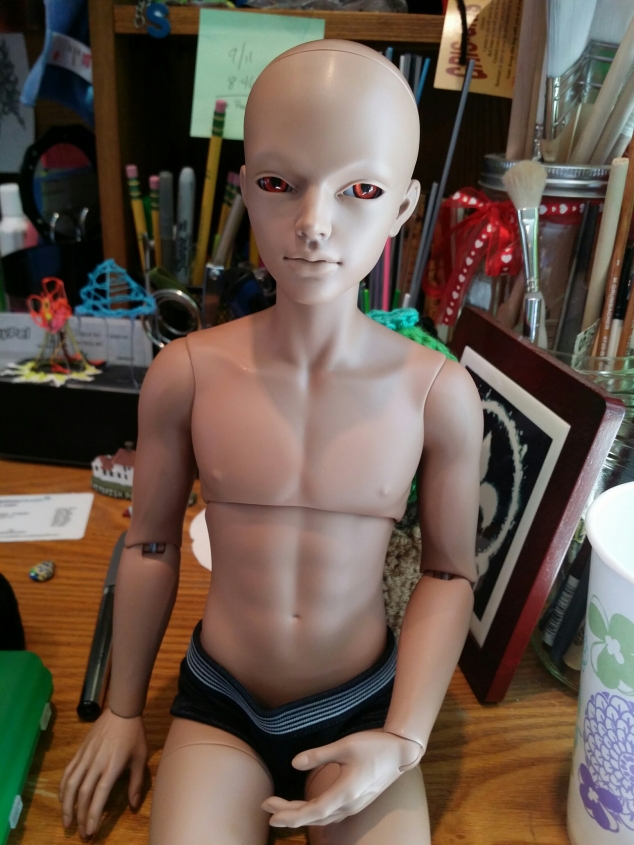Ancient humans had to meet some very important and basic needs. Food, water, and shelter are the main ones people first think of but an outer layer of protection for the body was also very important to early man. Clothing was first made from animal hides and stitched together with sinew, but as mankind changed and evolved from a nomadic hunting and gathering society to an agrarian society they began to raise domesticated animals, such as sheep. An enterprising soul soon discovered that wool fiber from sheep, among other sources, could be twisted together and spun into long, continuous threads, which could then be woven together to form cloth. This simple discovery and the subsequent evolution of the hand spindle shaped the way humanity functions and continue to do so today. The spinning of yarn is a pivotal discovery in human history and an extraordinarily calming past time for modern humans. It all started around the dawn of ancient civilization, about 10,000 BCE (McCloy).
According to McCloy, an author and teacher of spinning, “Most authors agree that the practice of spinning fibers to form threads and yarns has been in existence for over 10,000 years.” When most people think of spinning yarn they think of a spinning wheel, a machine born of the need for large quantities produced in a short period of time, but the spinning wheel as most people know it didn’t make it’s debut until about the 13th century AD. The primary method of spinning fiber was the hand spindle.
The spindle is a simple device made of a wooden stick with a weight attached to provide the rotational force to create twist in the fibers, securely locking them in place to create yarn. The weighted portion of these ancient spindles, called the whorl, was often made of clay, bone or a soft rock and was placed somewhere on the shaft (McCloy). There are many variations of the spindle, each defined by the positions of the whorl or weight on the shaft and the method of spinning done on the device.
One of these variations, known as a bead-whorl spindle, was used predominantly in Africa, Asia, and the Middle East where short staple fibers such as cotton and cashmere were used (McCloy). Another variation is the cross-arm spindle, which evolved into the double cross-arm spindle, or Turkish drop spindle. Turkish drop spindles are, according to Franquemont who learned to spin at age five from the women of the rural Andes, essentially the same as a whorl spindle but instead they have a crossbar structure that can be removed from the shaft and slid out from the spun yarn, creating a center-pull ball of yarn (97). Turkish drop spindles, as the name would imply, were used primarily in the Middle East as well.
Finally, the most common drop spindle used today was first developed in the twentieth century BCE in Egypt (McCloy). It’s most commonly known as the high-whorl spindle because the whorl is located at the top half of the shaft. One variation of this spindle has two whorls instead of one with a space between whorls in which the freshly spun yarn could be stored. The double whorled spindle was used commonly throughout the Middle East, Asia, and Africa (McCloy). Another variation that was used by European nobility of France, Italy and Spain during the nineteenth century was a lathe carved one-piece spindle. The shaft of the spindle was carved with a wide top to act as the whorl and the spindles were often ornately decorated. However, by this time in history the art of spinning had become more of a past time than a chore.
The development of the hand spindle, from a simple stick and rock configuration to the ornate and varied spindles of the late nineteenth century and beyond, is one of the most pivotal inventions in human history. Without the ability to spin fiber into yarn and thread many of the materials that make life easier, simple things we often take for granted, wouldn’t be possible. Even though it’s not a necessary chore as it once was centuries ago the act of spinning is, as it always was, a calming, creative, and cathartic pleasure.
Works Cited
Franquemont, Abby. Respect the Spindle: Spin Infinite Yarns with One Amazing Tool. Fort Collins: Interweave, 2009. Print.
McCloy, Heather. “A History and Evolution of Spinning.” Company of the Silver Spindle. N.p., n.d.. Web. 16 Mar. 2015.






















